The cost to install mini split for a home in Boise Metro starts at about $3,500 for a single-zone, air conditioning-only system. The price goes up from there depending on the size of the area you need to heat and cool. Rebates and financing, along with tax credits and other federal incentives, can bring down the cost. And, you’ll save money on your monthly bills.
At Snowflake, we believe that ductless heating and cooling is an excellent HVAC option for homes in Idaho — or anywhere else, for that matter. They provide comfortable, customizable climate control, and mini splits lower your energy bills by using much less energy to run than conventional systems.
But, all those perks do come with a price. Because they’re so flexible, it’s really tough to nail down a price without considering many different factors.
As a result, the cost of a mini split is very different from that of a traditional HVAC system.
So, let’s go through everything that can affect the price of your new system. We still can’t give you a personalized quote without seeing your home — we’ll explain why a little later.
But, we can get you in the ballpark and help you weigh all your options. In this article, we’ll start with how these systems work. If you’re pricing them, you probably already have an idea. But, it’s essential to understand that so everything makes sense later on.
After that, we’ll go over:
- Install Estimates and Load Calculation
- Single Zone vs. Multiple Rooms
- Heat Pumps for AC vs. Heating and Cooling
Ductless Heating and Cooling: How it Works
Instead of using forced air through ductwork, ductless heating and cooling transports heat in or out of your house using coolant in a closed-loop system. Inside, air handlers draw in the air that’s in your home, and provide warm or cool air, depending on the season.
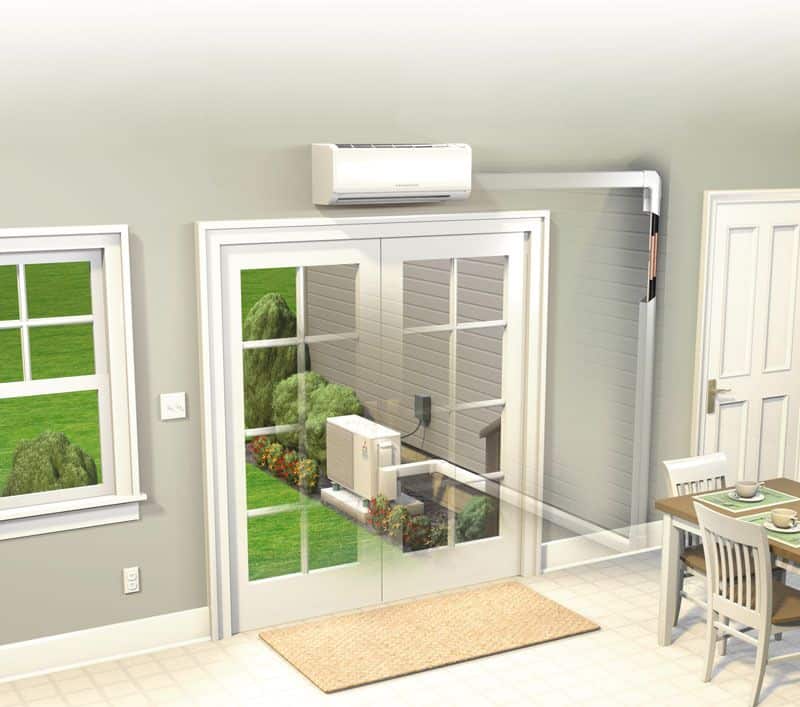
Outside, a heat pump draws in heat from the air in the winter and amplifies it, so it’s strong enough to warm your house. In the summer, the pump takes the heat from your home and “dumps” it outside.
We connect the air handlers and heat pump with a lineset that pumps the coolant liquid back and forth. That refrigerant carries heat in and out of the house. Since this line is flexible and narrow, we can install it virtually anywhere.
Read More: How Do Mini Splits Work?
Now, let’s see how you can find the perfect setup for your home!
Install Estimates and Load Calculations
Whether you’re handling one problem room or reimagining the comfort for your entire home, you need to know how strong a system you need. This may not be the first step, but it’s crucial.
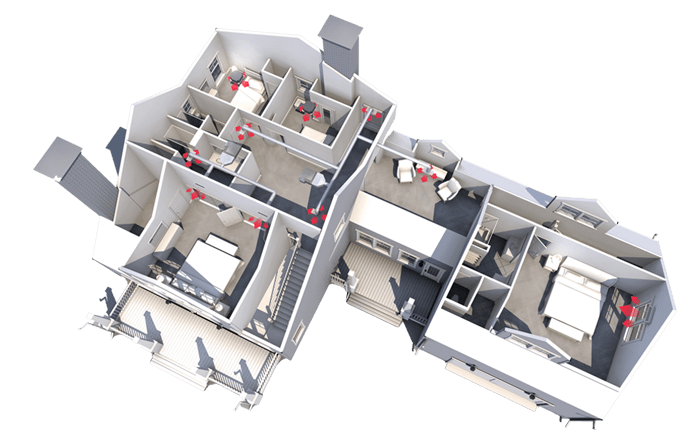
If your system is too weak, you’ll always be too hot or cold because your system can’t handle the space. But, go too big, and you run into other problems, including high humidity in the summer and the chance of the system breaking down way before it should.
That’s where the load calculation comes in. We take careful measurements of everything from your home’s square footage to how air flows through the rooms, the quality of the insulation, and even the size of your windows.
All these factors affect how much power your system needs to heat and cool the space. And, it tells us how well your home retains heat or air conditioning.
From there, we’ll also get an idea of what it will take to put in your system. Since we don’t need to build out soffits or account for bulky ductwork, we can install the components almost anywhere.
Why You Shouldn’t Install a Mini Split Yourself
Buyer beware! If you’re doing research online, I know you’ve seen where you can buy a ductless system directly from an online reseller for as little at $1,200. If you’re mechanically inclined I can see why a DIY approach would be attractive. It appears to save you a lot of money, especially on a single-zone system.
All too often, unfortunately, we’re called by homeowners with improperly functioning or non-functioning DIY ductless systems.
And usually, there’s very little we can do to salvage the situation.

And, that’s not us trying to make a buck. It’s more about two things:
1. Often, when somebody goes the DIY route they do not size the equipment properly. Your best-case scenario is that the system doesn’t run efficiently. The worst-case scenarios are numerous – frozen outdoor units, fires in the outdoor units, condensation causing immediate damage through flooding, and long term damage by causing black mold.
2. The other huge thing is the terms of the manufacturer’s warranty. You might get a 30-day parts warranty with your DIY equipment, but as a Mitsubishi Electric Elite Diamond contractor, I’m able to pass on Mitsubishi’s 12-year warranty on all parts.
Obviously, you don’t get a labor warranty when you DIY, but we can offer you 12 years of labor on your system too.
Think hard before you DIY and do yourself a favor if you do and involve a family member or friend with some mini-split installation experience.
Read Real Case Studies Of Mini Split Installations In Boise Metro and Valley County
Single Zone Vs. Multiple Rooms
Ultimately, the most significant cost factor is how many rooms you want to treat. You start with the base price: $1,500 or so for one heat pump and one air handler for a single room. But, one air handler supports multiple air handlers. So, there’s less of a cost increase for each additional room.
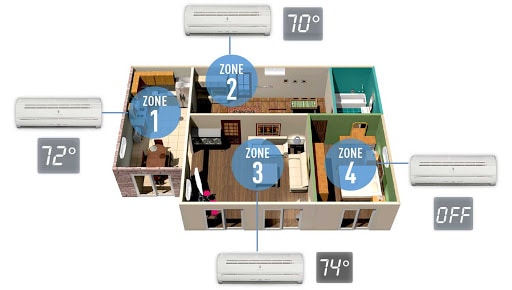
This is where the flexibility really comes into play. Since each air handler has a separate thermostat, you can add as many as you need for the job you envision.
1:1 systems are great for that one problem room, like a master bedroom that’s always too hot or cold. Or, if you want to add HVAC to a garage or extension.
After that, you can add more indoor units depending on what you want to do. Some people just need treatment for the upstairs rooms.
Or, we can map them out to cover your entire house. Generally, you only need one heat pump for a whole-home setup.
Heat Pumps for AC vs. Heating and Cooling
Finally, you’ll choose a heat pump model depending on if you want just cooling or looking for heat in the dead of winter.
You can get a cooling system that offers just a little bit of heating. That’s great for early fall or late spring.
You can turn off your conventional system and use the more energy-efficient HVAC system when it’s just a little chilly. Or, add an extra touch of heat in the winter on top of your conventional system in those problem rooms.
The next step up is a Hyper Heat model. These heat pumps can keep your home warm even in sub-zero temperatures.
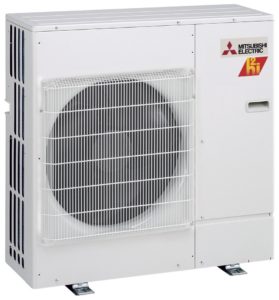
It costs a little more, but it’s also way more energy efficient than any conventional furnace on the market. And, you get all the other benefits of a ductless system.
Ductless Mini Split Installations in and Around Boise, ID
As a Mitsubishi Diamond Dealer, Snowflake Air installs ductless mini splits throughout Boise, Kuna, Eagle, and Meridian, ID. If you have any questions on how much it would cost to reimagine your home comfort, call or email us today for a free consultation.



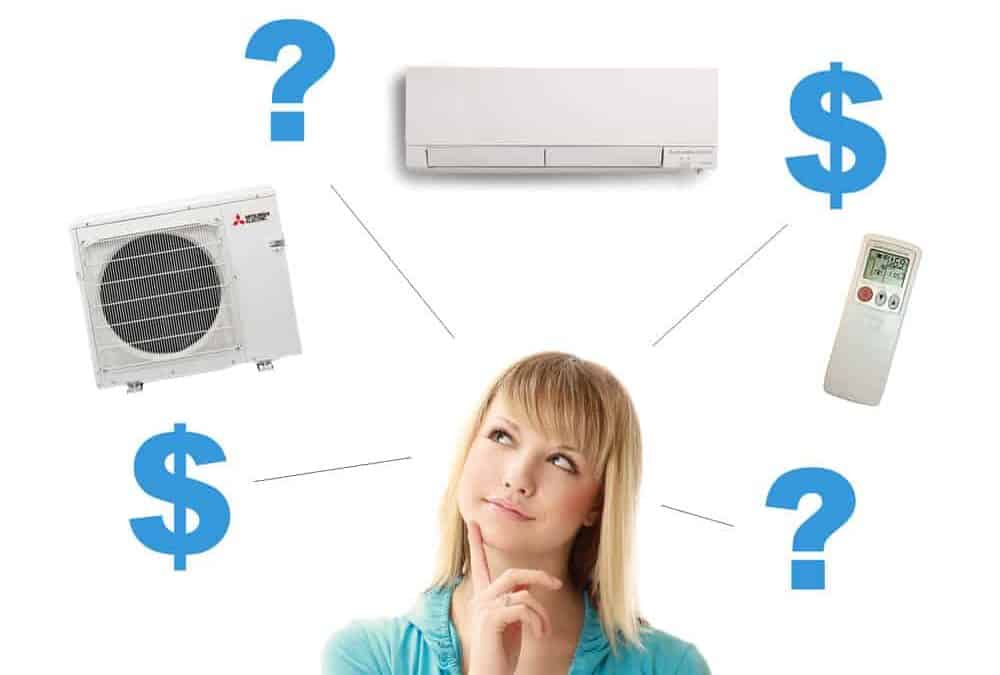
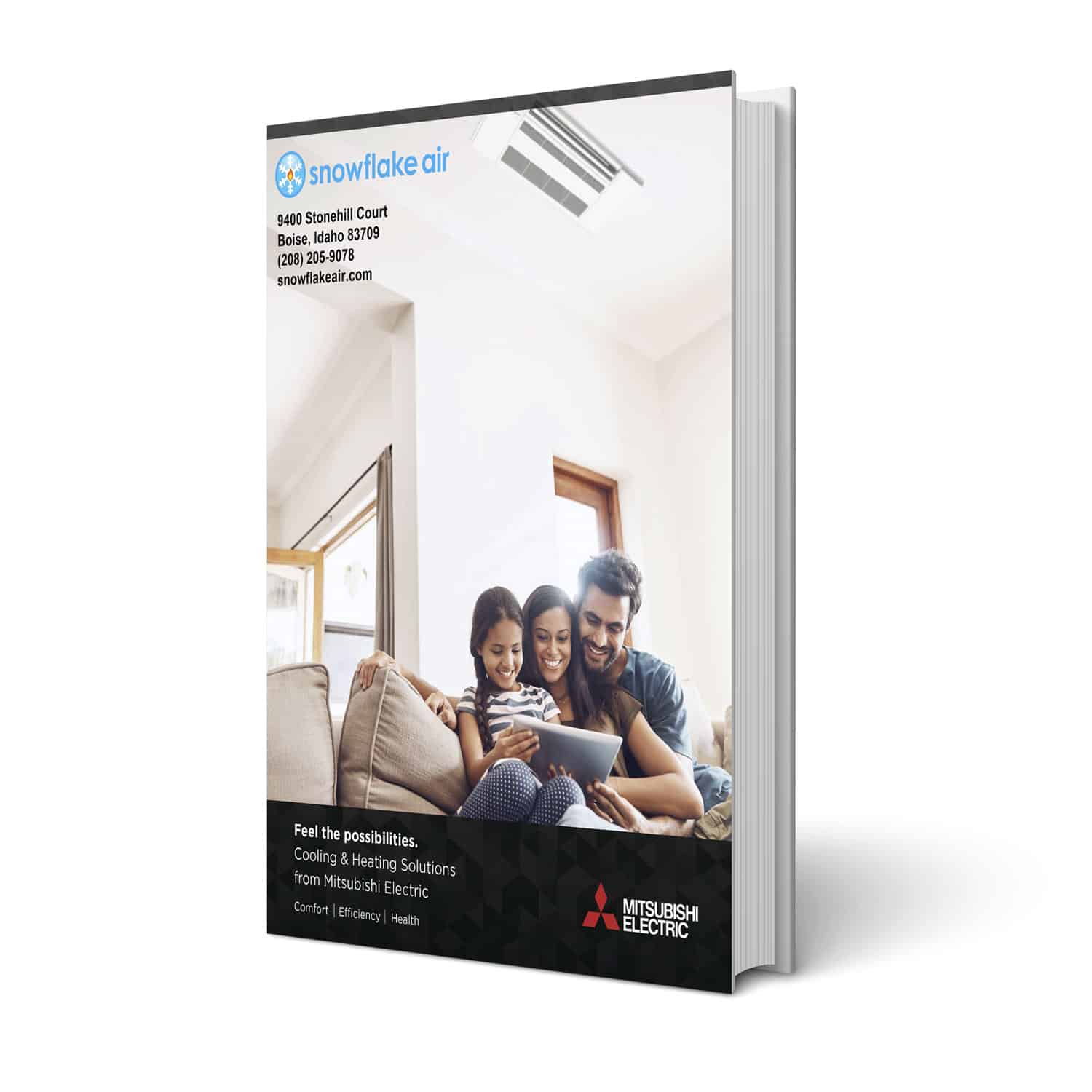
Trackbacks/Pingbacks